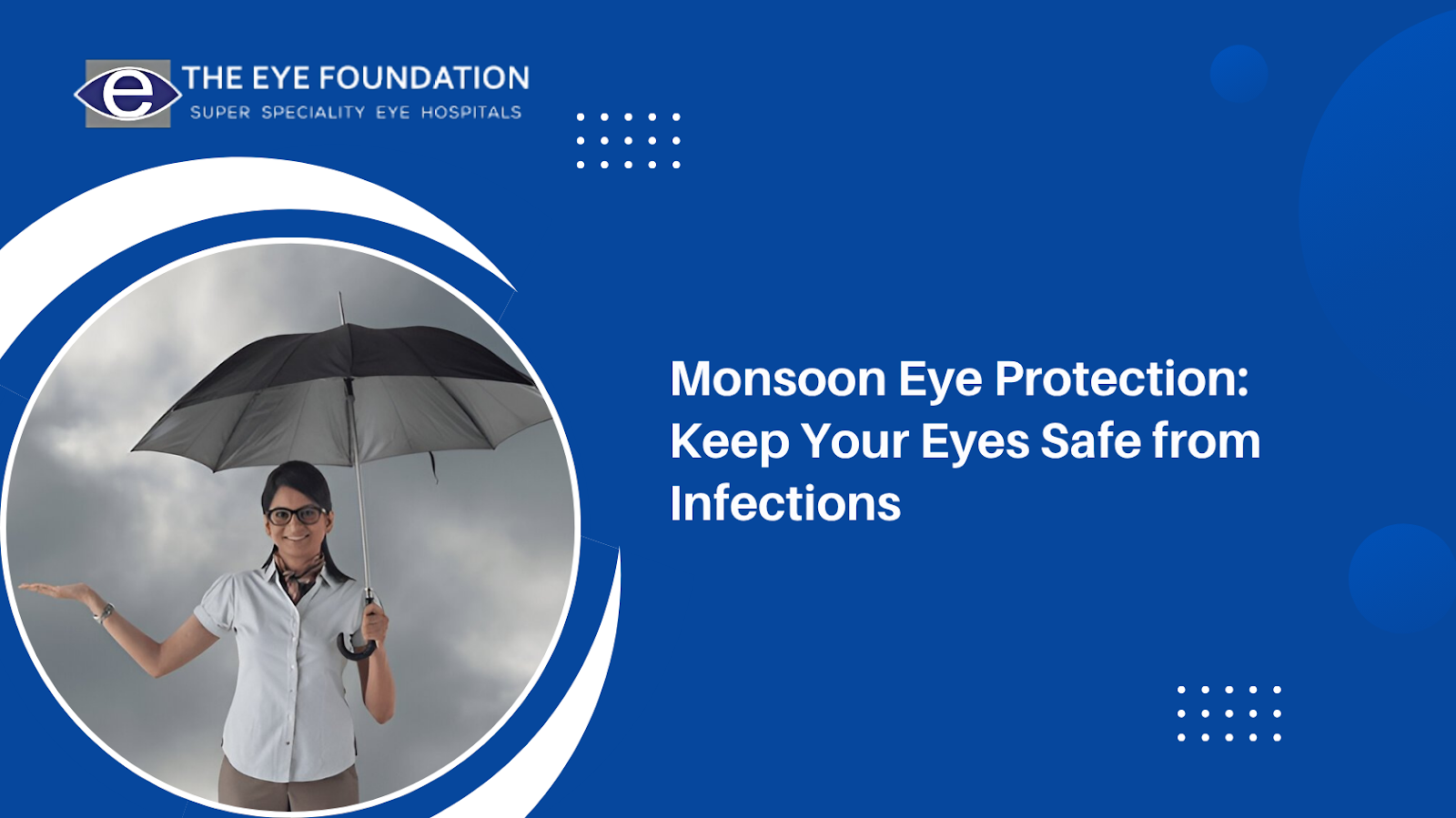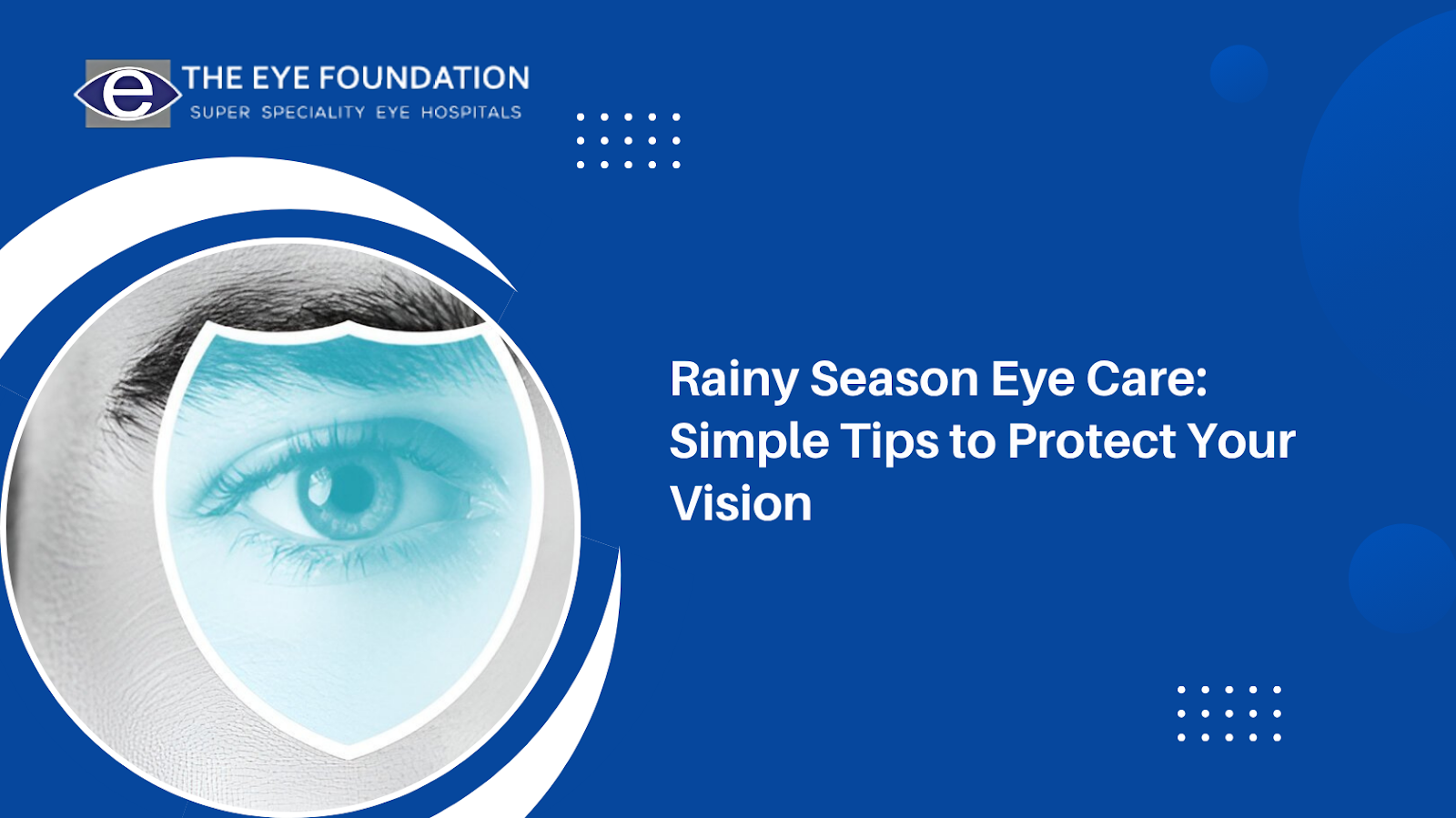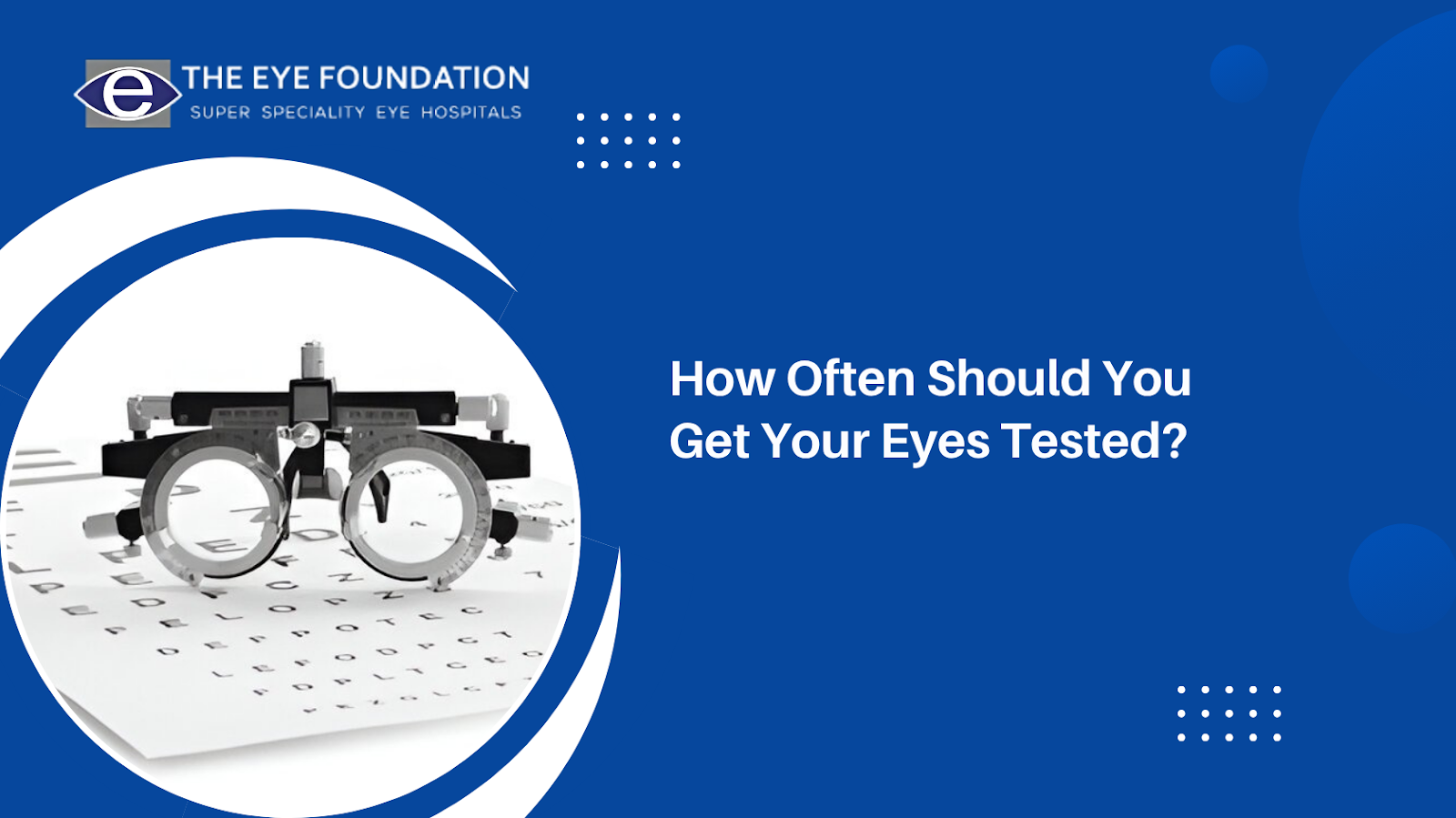Persistent pupillary membrane (PPM) is an abnormality of development where fetal tissue is left in the eye after birth. These structures are often temporary, present in babies and young children, and typically disappear as the child grows. However, in some cases, they persist into adulthood. PPM is typically present in many individuals without complications but may affect vision in some cases and require treatment.
In this blog, I discuss what PPM is, how it impacts vision, and the management of the condition.
Understanding PPM in Eyes
PPM stands for Persistent Pupillary Membrane, which are thin strands of tissue in the iris of the eye. These are the strands that remain of the membrane which feeds the eye lens during formation in the womb. Otherwise, considerable or dense PPM is pathogenic, which may be due to its extension over the cornea or the pupil of the eye.
Symptoms of PPM in Eyes
Some individuals with PPM in eyes have no symptoms, provided the tissue is not bulky and has not interfered with vision. However, when PPM is more prominent, symptoms can include:
- Blurred or obstructed vision
- Difficulty focusing
- Sensitivity to light
If you notice any of these symptoms, it’s essential to consult an eye care specialist for an evaluation.
How is PPM Diagnosed?
In fact, PPM can be diagnosed by an ophthalmologist simply during a routine examination using a slit-lamp microscope. This detailed examination enables a doctor to determine the size, position and effect of the tissue on your vision. When vision is not impaired, there may be no treatment required at all.
Treatment Options for PPM in Eyes
The treatment approach for PPM depends on the severity of the condition. Let’s look at the available options:
1. Observation and Monitoring
People with mild PPM in eyes, where vision is not impaired, should not seek treatment immediately. This condition should not progress or cause complications without, having regular eye check-ups.
2. Eye Drops for Visual Clarity
In cases where PPM slightly affects vision, the doctor will recommend medicated eye drops to enhance vision clarity. These drops ease tension of the eye muscles and any strain that may be related to them.
3. Laser Treatment
In moderate ones, laser therapy usually involves excision or fragmentation of the strands of the tissue in question without necessarily affecting other structures. Laser therapy is a minimally invasive procedure with a relatively short recovery time.
Advanced Treatments for Severe Cases
If PPM in eyes significantly impacts vision or extends over the cornea, more advanced treatments may be necessary
Corneal Surgery
PPM strands that get deposited on the cornea may lead to surgery to correct vision impairment. This eye treatment has to do with removal of the tissue while maintaining the structure and strength of the cornea.
Vitrectomy
In some circumstances when PPM is advanced and involves other layers of the eye, a vitrectomy may be done. This procedure clears the tissue along with the vitreous gel that is affected in the eye.
Importance of Early Diagnosis
Most eye PPMs are asymptomatic, but early diagnosis is important to avoid development of complications. The use of glasses is recommended for people with a constant need to change eye glasses because it will help the eye doctor to notice a change in the eye and take appropriate action.
Living with PPM in Eyes
In fact, for the majority of patients, PPM is asymptomatic or only minimally symptomatic and does not impact the patients’ activities of daily living. But in cases of vision issues, laser treatment or cornea eye treatment is the best solution to regain vision and enhance the quality of life.
Take Care of Your Vision with The Eye Foundation
If you are worried about PPM in eyes or have any vision issues, please visit The Eye Foundation. Our team of qualified ophthalmologists at an eye hospital in Coimbatore will provide personalised treatment suitable for your condition.
Schedule an appointment today to ensure your eyes remain healthy and your vision stays clear. Don’t wait—your sight deserves the best care!






